German Beer Steins Value: What Is a Real One Worth?
German beer steins value depends on whether you’re buying a real or fake one as there are many cheap copies out there. If you’re a layman, it will be a bit difficult to differentiate between an authentic one, as you can get glass, wood, crystal, metal or ceramic beer stein.
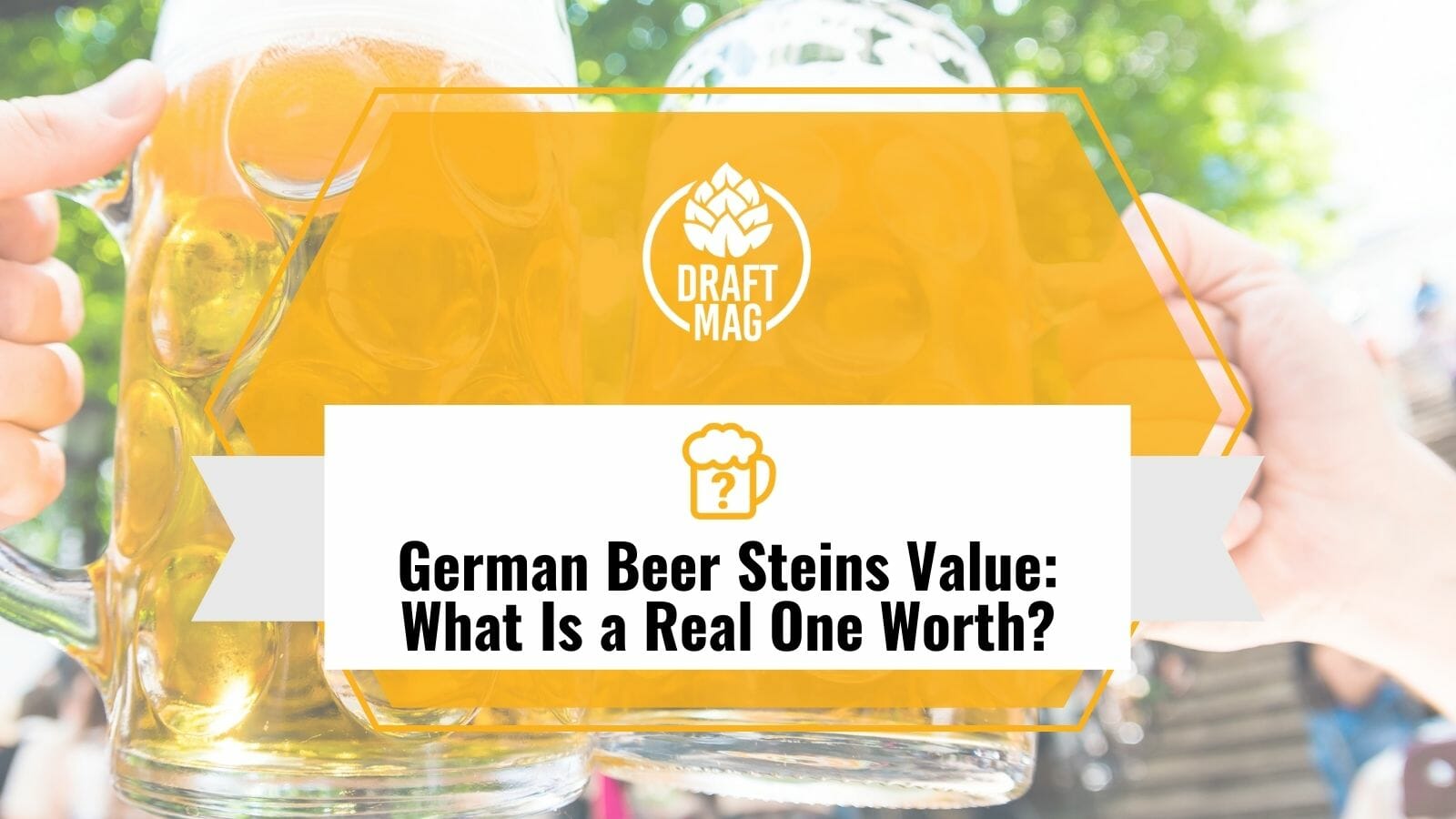
If you ever visit Germany for a beer tour or check online for a German beer stein, you might end up buying it for a souvenir only to realize that you’ve been cheated. In our guide, we will look at the German beer steins value in detail.
What Is the German Beer Stein Value?
German beer stein value can range from a low $50 to a high $5,000. The value of the stein depends largely on where the stein came from and the story behind it. You will spend more on a stein that has proof of origin compared to one that doesn’t.
For instance, a Marzi & Remy stein from the 1850s was once sold for $150 because it didn’t have a proof of origin, but there was a 17th-century American tankard that was in a family for a long time, and it was sold for a whopping $140,000.
Another factor that determines the value of a stein is its condition. If a stein doesn’t have a lot of cracks and dents, particularly damage on the front, it will be more valuable. Also, the stein should have clear original decorations and no discolorations. It should not have evident repair work and should be designed with a working hinge on the lid.
A beer stein is an old stone mug that is hand painted and well-decorated, but you can also find silver, ceramics, creamware, wood, crystal, porcelain, earthenware, pewter and glass beer steins. The steins are usually 16.9 ounces or 0.5 liters big, but you can find them from 1 ounce to 8.4 gallons.
What Is the Most Valuable German Beer Stein?
The most valuable German beer stein is a 17th-century American tankard.

This is an American-style, silver-based antique beer stein that was manufactured in the 17th century. It was auctioned at $140,000 after being passed down through generations of a family.
How Do You Differentiate Between a Fake and Real German Beer Stein?
You can differentiate between a fake and real German beer stein by checking if it is handpainted, the kind of painting it has, the material it is made from, the maker’s mark, the shape of the stein, and the type of lid it has. It is also crucial to pick a beer which is considered one of the best German beers to fully enjoy and appreciate the importance of a beer stein.
If you want to buy real beer steins from Germany, you need to check different features that separate the authentic German beer containers from the fake. This is why it is more advisable to buy the beer steins in person rather than online. Let’s take a close look at what makes a beer stein from Germany real. German beer mugs come with different names as well and there is a history behind each name.
– Hand Painted
For one, you should check whether the stein is hand painted or not. When you have a stein, you should assess it for imperfections and check the design.
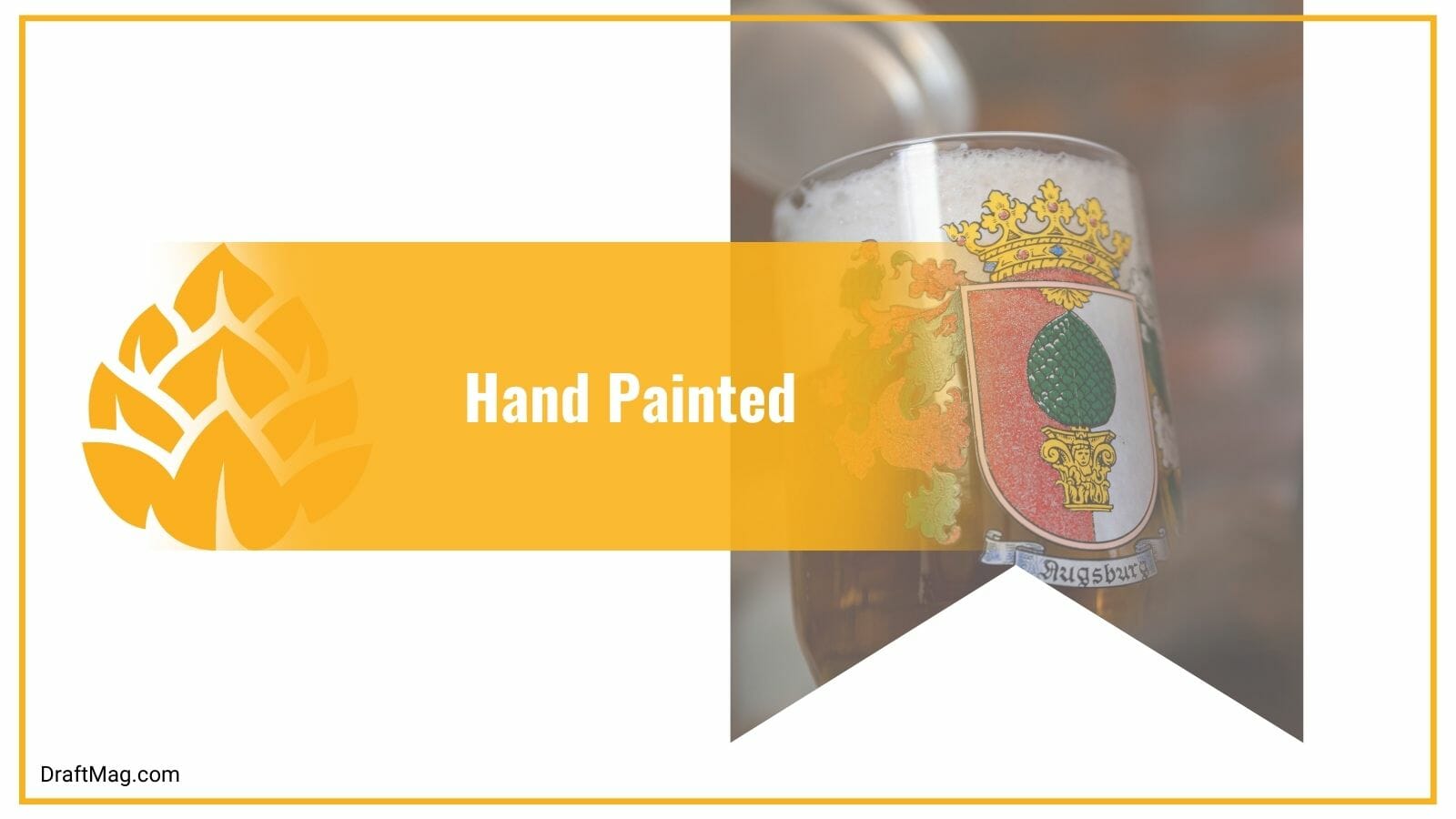
For an older and more valuable stein, the interior is imperfect. It will have a slightly raised design on the bottom.
You will spot a hand-painted design with only modest pictures. There will be no nudity in the pictures, but mostly angels. If it’s a fake German container, the painting will be machine made and the painted parts will look too perfect. Also, the colors will be blurred and less intense.
– Correct Materials
The original steins are usually made with ivory, beer glass stein, or silver. They are heavy and their materials are expensive. However, the fake and imported steins that you buy online or from tourism stands are much lighter and are made of weak clay.
– Maker’s Mark
Another feature of a beer stein is the maker’s mark, which you can find from the best stein manufacturers. Authentic steins have marks that you can easily recognize and you can even find them in online databases. There are many valuable German beer Steins that have very specific and identifiable markings in order to avoid getting a fake one.
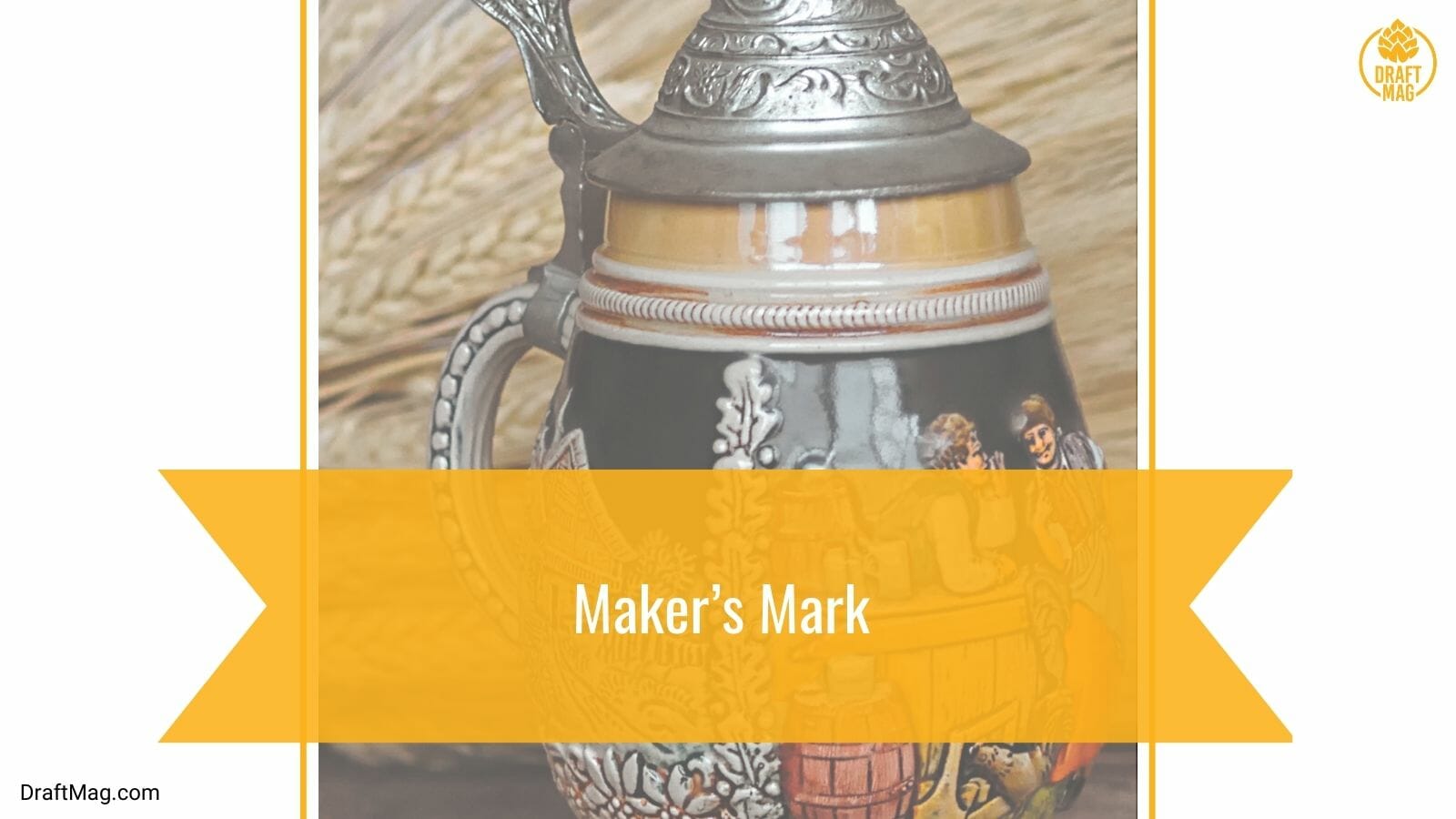
For instance, the Merchandise Marks Act became valid in Germany in 1887, which stated that all steins for export should have “Germany” or “Made in Germany” written on it. Also, if there is no mark, that doesn’t mean that it is fake. Many steins made for the German market don’t have any markings.
Some models also have ‘“Western Germany” written on them, and these were produced from 1949 to 1990. Some manufacturers also have marks like a sticker mark before baking, data that was pressed on the wet clay, and hand-written marks on limited pieces. A common mark on old glass beer steins is “Gemacht in Deutschland.”
– Tells a Story
You will usually see illustrations on the beer stein, and some are more valuable than others. The most valuable will depict a famous battle, biblical figures, and historical events. There is no nudity on the images painted on the steins.
– Bump on the Handle
Beer steins didn’t have bumps on their handles until the 1920s.

If you want a more valuable stein, you should look for those that don’t have a bump. The ones with grooves or bumps are newer and won’t be worth much.
– Pewter Fitting
Collectors usually use the German pewter lid of the stein to determine where it is from and how valuable it is. This is because the pewter lid has evolved over time.
– Shape of the Lid
The shape and appearance of a lid is used to determine the price, age and quality of the stein. The most valuable ones are original metal lids made from one piece. But fake steins are usually made of up to four different casts.
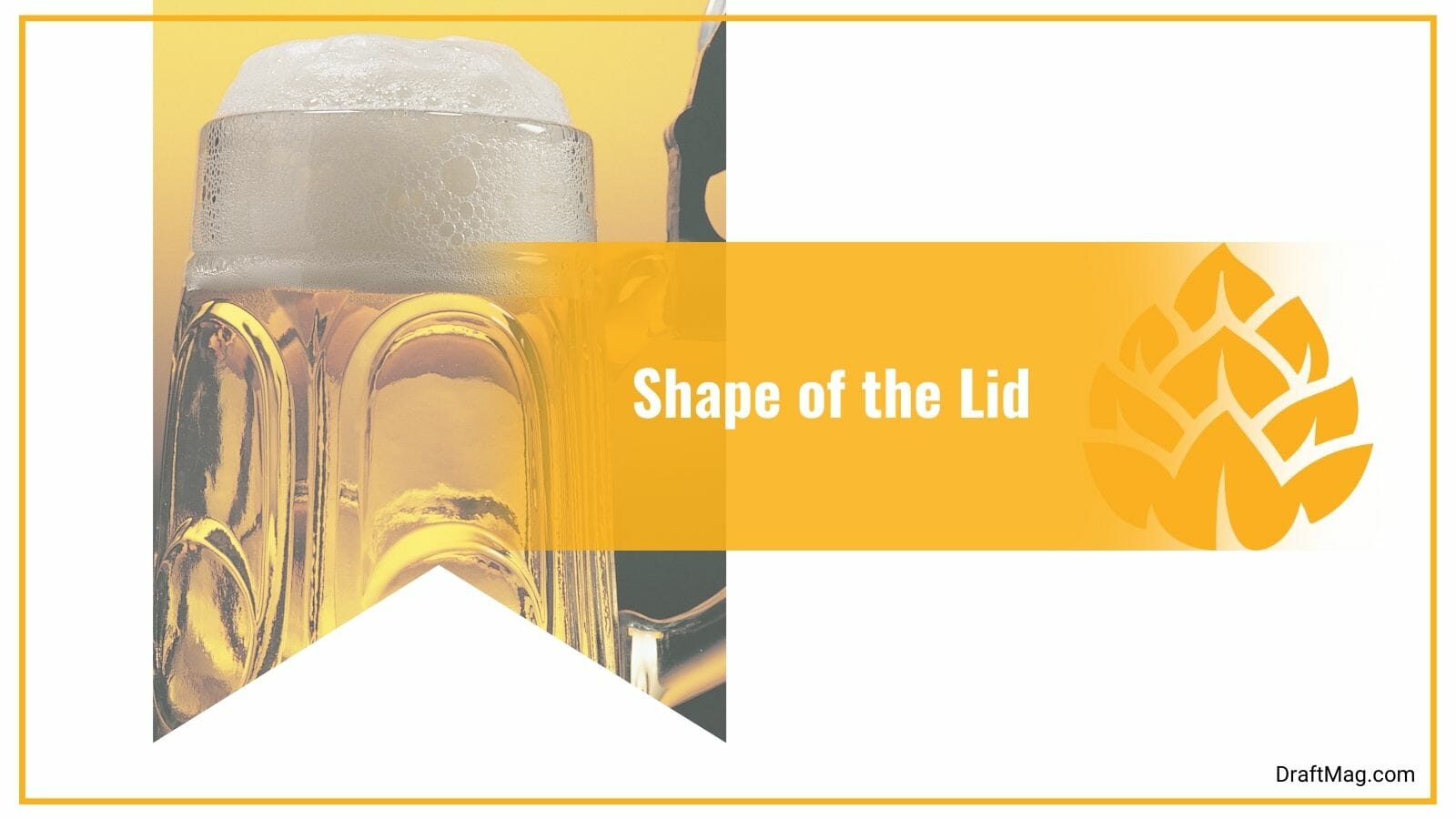
After checking the overall shape, you can check the inner lid and the edges. If it’s fake, it will have a rough lid look. Sometimes, you even get a Chinese stein that features a pressed stamp and authentic antique German stein lids.
Very old steins have a soft metal that will look darker because of age. Also, the inner lid is always lighter than the outer part. All steins are designed with a thumb lift too, unlike the fake ones.
Here are the common types of stein lids:
- Ornamental: Sometimes, you see pewter beer steins. This type of lid is usually found on limited editions.
- Conical: Also called steeple lids, these are common and cheap beer steins.
- Inlay: This is one of the most popular types, and you can find ornament stoneware beer stein, wood figurine, glass and German porcelain beer steins. You will see pewter on the outer part on these types.
- Flat: These are made with pewter and the manufacturers engrave on them.
What Are the Types of German Steins?
The types of German steins include carved, regimental, character, ivory, glass blown and mettlach. There are different types of steins from Germany out there, all with their own beautiful paintings and engravings. These types have different values depending on a lot of factors.
– Carved Steins
The most beautiful type of beer stein is the carved stein, and they are always very valuable.
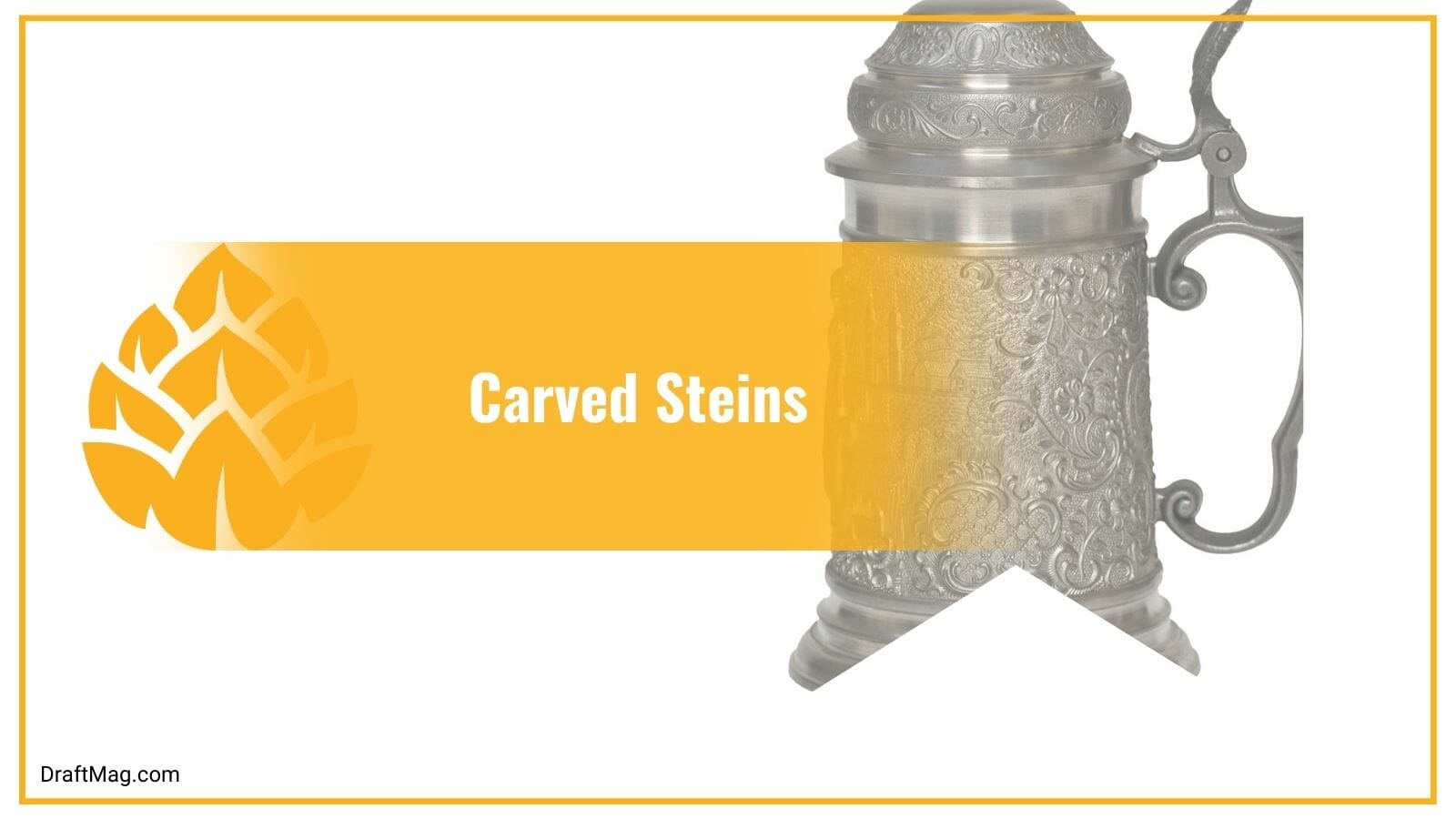
They have hand-carved designs with bold coloring. On the pieces, you see folk tales and patriotic scenes.
– Regimental Steins
These steins are authentic and were used to celebrate the completion of active duties by soldiers. On the stein, you will see the soldier’s name and rank. On the oldest and more valuable pieces, you will see the last name and rank of the soldier. Newer models have the first and last name of the soldier, as well as the rank.
– Character Steins
The character beer steins is personalized and the production began in the 1850s.
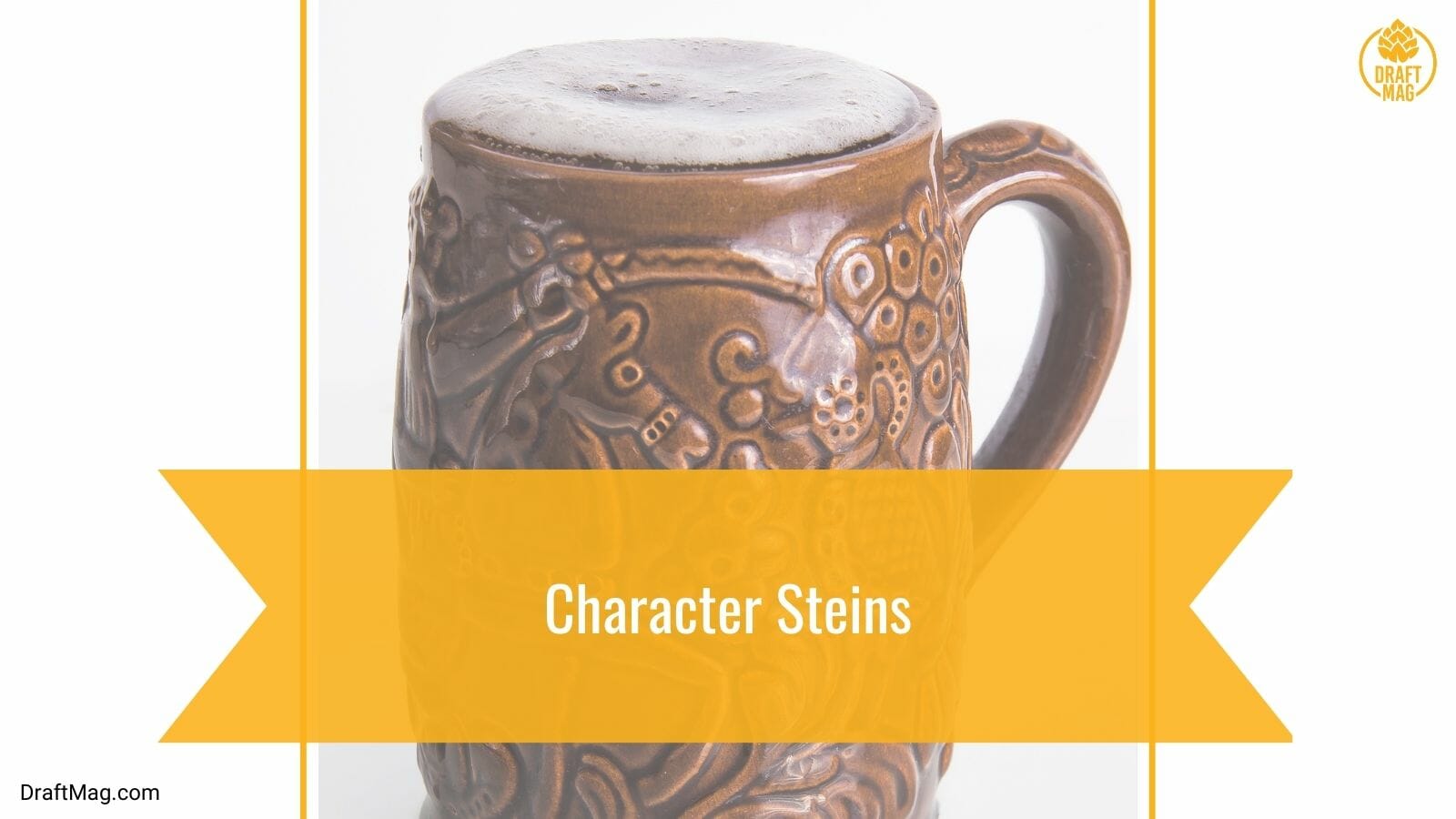
They are usually designed in the shape of a human, item or animal.
– Ivory Steins
You can find steins that have very realistic carvings of animals and humans. These steins are usually very valuable and also very beautiful. They can also be made of ivory, so you should check the legalities of your country or state before buying it.
– Glass Blown
One of the earliest steins produced are the hand-blown steins.
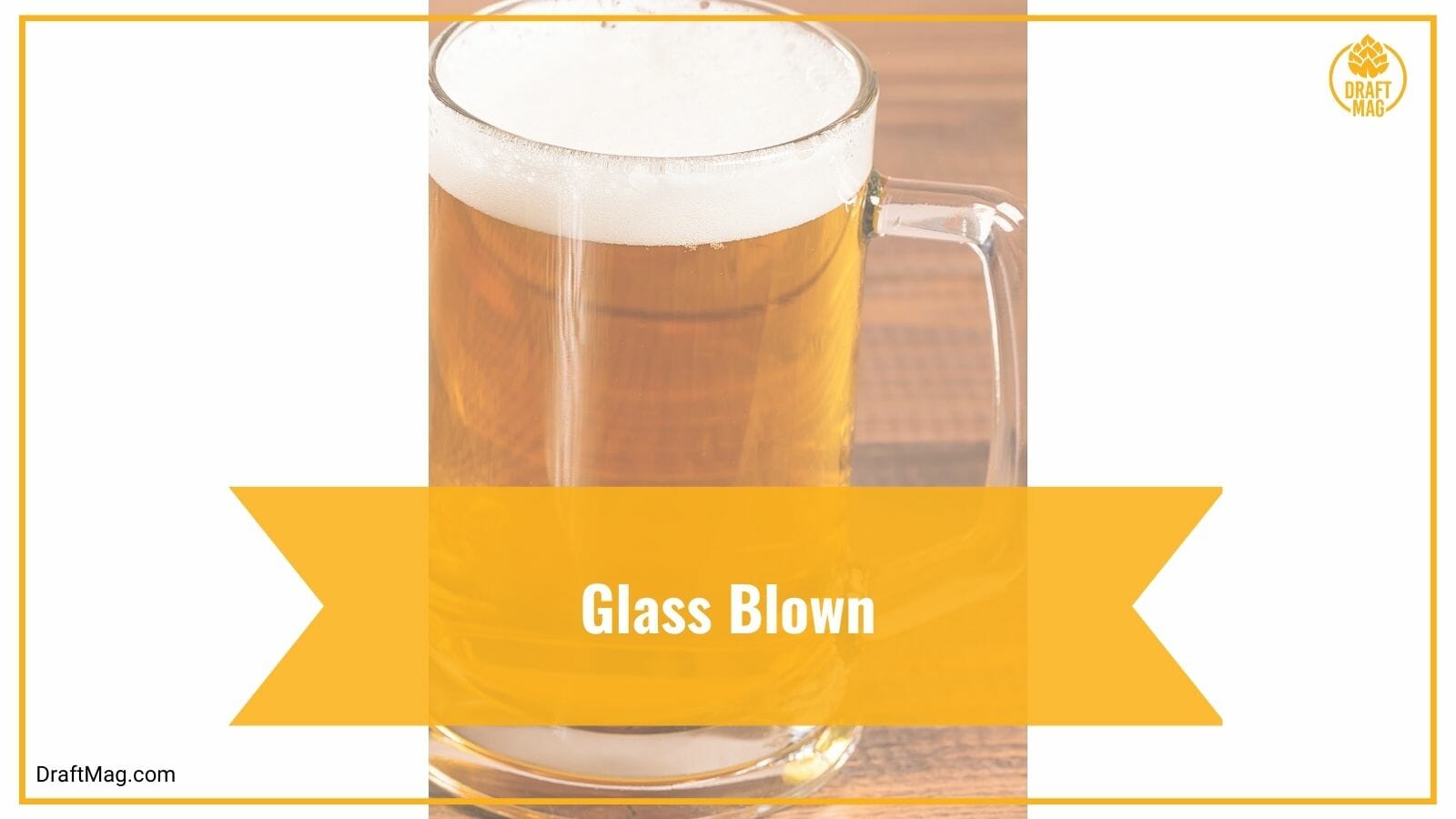
You can find different varieties, including red, brown or cobalt blue.
– Mettlach Beer Steins
Mettlach steins are some of the most valuable steins, and these were produced from the 1880s to 1910s. They were made by Villeroy and Boch Company. These are stoneware and hand-painted pieces.
How Old Are Beer Steins From Germany?
Beer steins from Germany are about 500 years old as they date back to the 16th century. Those from the 16th to mid-19th century are seen as antique German beer containers, while any one until the 20th century is considered to be an old stein.
From the 1900s to 1920, you have the Jugendstil stein. During the Second World War, the Third Reich steins were made. After this period, you have the art nouveau and Contemporary stein beers. As we can see, there are different types of vintage German beer containers based on their period.
The stein value depends on how old it is, as the older it is, the more valuable it will be. For centuries, beer steins have been a favored gift in Germany. In some cases, you can find the date that the stein was made on the lid, but you can’t rely on this to find the age of the stein because it might fade away.
Also, those that sell fake steins can attach an old lid to a new stein, then the dates won’t make sense since the stein will be fake. On the side or base of the stein, you might find a four-digit number that starts with 17, 18 or 19. This is a form or mold number, not the date.
– History of German Steins
The history of German steins dates back to the 14th century during the bubonic plague. Vintage German containers emerged because people wanted to be more sanitary and the laws made sure that food and beverage containers had covers.

After that, rich people started drinking from tankards made with silver, glass or pewter beer containers, while the common people had wooden beer, earthenware beer and ceramic stein. Many customs had changed due to the plague and by the 19th century, steins became a product made in Europe. You can find different kinds of steins in Europe, and thanks to technology, companies replicate these designs and offer them as souvenirs.
Among lovers of German style beer and antique German beer collectors, they like collecting beer steins because they see them as valuable collectibles. These steins represent an era and the history of beers. Those who visit Germany for tourism and beer tours also like buying these steins to take home as a souvenir.
FAQ
1. What Is the Difference Between a Mug and a German Stein?
The difference between a mug and a German stein is the presence of a lid. Beer mugs are containers with thick walled handles. In Germany, this is called a seidel, but when the beer mugs have a lid or cover, it is then called a stein.
2. Why does beer taste better in a stein?
Beer tastes better in a stein because the thick walls keep the drink colder for longer and the narrow opening traps aromas for a more intense flavor.
3. What do the numbers at the bottom of a beer stein mean?
The numbers at the bottom of a beer stein indicate the volume of the vessel in liters or the year it was made.
Conclusion
Now that you know what the German beer steins value should be, you can avoid getting tricked when you’re out to purchase it.
Here’s a rundown of what we looked at in our article:
- A German beer stein can be worth from $50 to $5,000.
- A real stein is hand-painted, has a maker’s mark, tells a story, has a specific shape and type of lid, and more.
- There are different kinds of steins, with the carved stein being the most valuable and beautiful.
- These German steins date back to the 16th century.
- These containers emerged because of the bubonic plague and the need to cover mugs with a lid.
It’s advisable to buy your German beer stein in person if you want an authentic one. If not, there are many stores that are selling it online, so enjoy your Oktoberfest beer in one of them!






